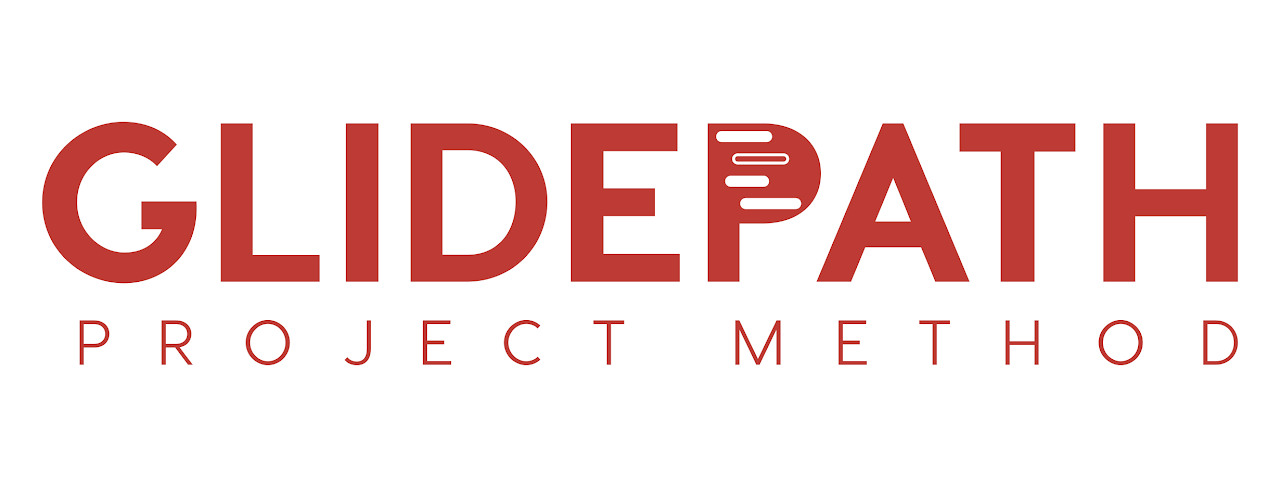Managing project stakeholder issues
Project derailment is frequently attributed to stakeholder management issues; not just scope creep, unrealistic deadlines, or resource constraints. Here’s how Project Stakeholder Management issues can be addressed:
1. Misaligned priorities:
- Challenge: Stakeholders with divergent agendas or conflicting goals.
- Solution: Initiate a project kick-off with all key personnel. Establish, document and maintain alignment on success metrics and objectives. Revisit shared goals regularly; especially when any key new steakholders engaged/replaced during the project.
- Artefacts: The Project Brief (Start Project stage), Business Case and Project Initiation documents should identifiy the stakeholders and their contributions/responsibilities to the project. Any dependencies on them for decisions, resources or approvals should be clearly articulated and preferably formally approved by email, meeting notes or even signed printouts.
2. Conflicting expectations and exessive stakeholder involvement:
- Challenge: Discrepancies in stakeholder expectations regarding timelines, deliverables, and outcomes. An unmanageable number of stakeholders leading to decision-making bottlenecks or confusion.
- Solution: Conduct early expectation clarification via interviews or surveys. Within Project Initiation documents employ a Responsibility Assignment Matrix (RACI) to define roles and responsibilities. Document and confirm deliverables, timelines, owners, reviewers and approvers.
- Artefact: The Glidepath Stakeholder Relationship Organiser (GLP034) is useful to compile and maintain the stakeholder list in collaboration with the Project Executive and project sponsors, who should be assisting with the stakeholder identification.
3. Stakeholder silence and communication deficiencies:
- Challenge: Stakeholder disengagement, delayed responses, or complete silence. Stakeholders feeling uninformed and excluded.
- Solution: Implement regular check-ins with key stakeholders. Solicit direct feedback. Offer asynchronous communication options for stakeholders with time constraints and engage cover for absenteeism of key stakeholders. Get agreement on standardised email updates and/or circulated project presentation decks to avoid having to produce tailored content for each stakeholder.
- Artefact: Use the Glidepath Communication Plan to drive consistent and appropriate engagement. It is particularly helpful to consult stakeholders as to what level of detail and format they would like to be communicated with best. Include the description of all employed media (reports, email, blogs, websites, chat forums) in the Communications Plan and securing approvals from the stakeholders will reduce the number of ad hoc requests for project updates outside of the regular reporting and communications cadence.
4. Late-stage feedback and unrealistic demands::
- Challenge: Significant stakeholder input received late in the project lifecycle or stakeholders making requests without understanding the impact.
- Solution: Implement a change control process. Clearly communicate trade-offs. Ensure stakeholders understand downstream effects. Share early drafts or prototypes and or demonstrate actual working code, content, hardware, connectivity, etc. Enforce feedback and decision deadlines; and also provide a countdown toward them. While new ideas are welcomed, the project manager is responsible for articulating the impact of late-stage changes, including the any indicision/concerns that may cause delays.
- Artefact: The Glidepath Change Control Plan is useful to outline the project change control process to manage stakeholder feedback effectively.
5. Power dynamics and politics:
- Challenge: Stakeholder competition for control or the promotion of conflicting agendas.
- Solution: Engage with the politics as an observer by identifying key influencers early and not taking sides or making assumptions. Understand individual stakeholder objectives and influence, particularly any that may impede progress. Build alliances with project sponsors, informal leaders (who are often subject matter experts) and influencers. Cultivate individual stakeholder trust by articulating what’s in it for them and the importance of their contribution to the project. Contextualise the project within their agenda and align to on shared project objectives. Establish a clear escalation pathway for challenges or concerns.
- Artefact: The Glidepath Stakeholder Relationship Organiser (GLP034) is useful throughout the project to track and maintain the comprehensive stakeholder management process.
Further Insights: Contact us for support and more information on effective project management.
